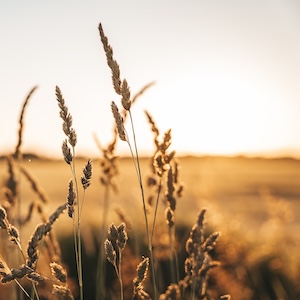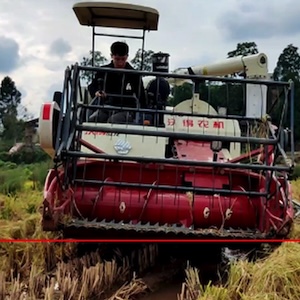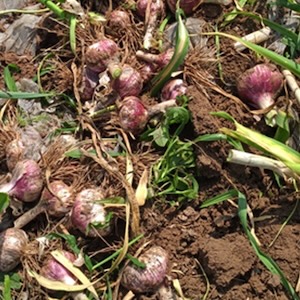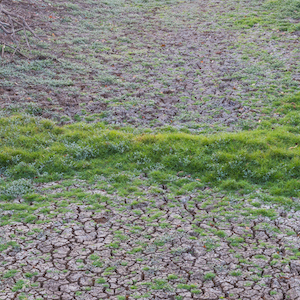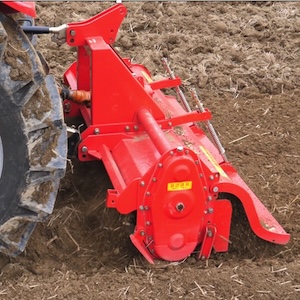Evaluating the efficiency of energy use in cultivation of medicinal plants: a case study on garden thyme and peppermint employing life cycle assessment and support vector machine modeling

Published:17 February 2025
Abstract Views: 0
PDF: 0
Publisher's note
All claims expressed in this article are solely those of the authors and do not necessarily represent those of their affiliated organizations, or those of the publisher, the editors and the reviewers. Any product that may be evaluated in this article or claim that may be made by its manufacturer is not guaranteed or endorsed by the publisher.
All claims expressed in this article are solely those of the authors and do not necessarily represent those of their affiliated organizations, or those of the publisher, the editors and the reviewers. Any product that may be evaluated in this article or claim that may be made by its manufacturer is not guaranteed or endorsed by the publisher.
Similar Articles
- Lucia Recchia, Daniele Sarri, Marco Rimediotti, Paolo Boncinelli, Enrico Cini, Marco Vieri, Towards the environmental sustainability assessment for the viticulture , Journal of Agricultural Engineering: Vol. 49 No. 1 (2018)
- Antonio Guiso, Alessandro Parenti, Piernicola Masella, Lorenzo Guerrini, Fabio Baldi, Paolo Spugnoli, Environmental impact assessment of three packages for high-quality extra-virgin olive oil , Journal of Agricultural Engineering: Vol. 47 No. 4 (2016)
- Alessandro Biglia, Francesco Gresta, Davide Lucien Patono, Lorenzo Comba, Claudio Lovisolo, Paolo Gay, Andrea Schubert, Identification of drought-salinity combined stress in tomato plants by vegetation indices , Journal of Agricultural Engineering: Vol. 55 No. 4 (2024)
- Andrea Casson, Valentina Giovenzana, Alessio Tugnolo, Alessia Pampuri, Ilaria Fiorindo, Roberto Beghi, Riccardo Guidetti, Assessment of an expanded-polypropylene isothermal box to improve logistic sustainability of catering services , Journal of Agricultural Engineering: Vol. 52 No. 2 (2021)
- Daniela Lovarelli, Jacopo Bacenetti, Marco Fiala, A new tool for life cycle inventories of agricultural machinery operations , Journal of Agricultural Engineering: Vol. 47 No. 1 (2016)
- Jacopo Bacenetti, Sara González-García, Aira Mena, Marco Fiala, Life cycle assessment: an application to poplar for energy cultivated in Italy , Journal of Agricultural Engineering: Vol. 43 No. 2 (2012)
- Andrea Peruzzi, Luisa Martelloni, Christian Frasconi, Marco Fontanelli, Michel Pirchio, Michele Raffaelli, Machines for non-chemical intra-row weed control in narrow and wide-row crops: a review , Journal of Agricultural Engineering: Vol. 48 No. 2 (2017)
- H. Kursat Celik, Ibrahim Akinci, Nuri Caglayan, Allan E.W. Rennie, Structural strength analysis of a rotary drum mower during harvesting , Journal of Agricultural Engineering: Vol. 55 No. 1 (2024)
- Andrea De Montis, Simone Caschili, Amedeo Ganciu, Antonio Ledda, Filippo Paoli, Federico Puddu, Mario Barra, Strategic environmental assessment implementation of transport and mobility plans. The case of Italian regions and provinces , Journal of Agricultural Engineering: Vol. 47 No. 2 (2016)
- Gabriella Impallomeni, Francesco Barreca, Agrivoltaic systems towards the European green deal and agricultural policies: a review , Journal of Agricultural Engineering: Vol. 56 No. 1 (2025)
You may also start an advanced similarity search for this article.

 https://doi.org/10.4081/jae.2025.1723
https://doi.org/10.4081/jae.2025.1723 




